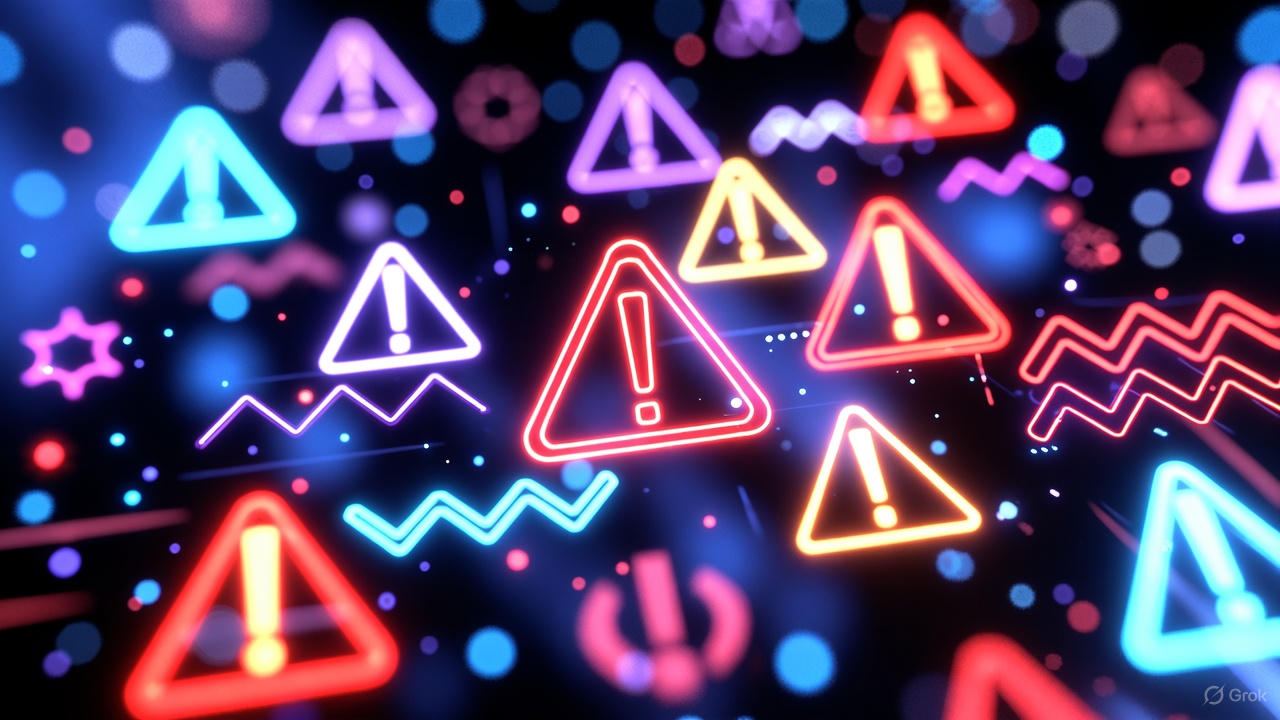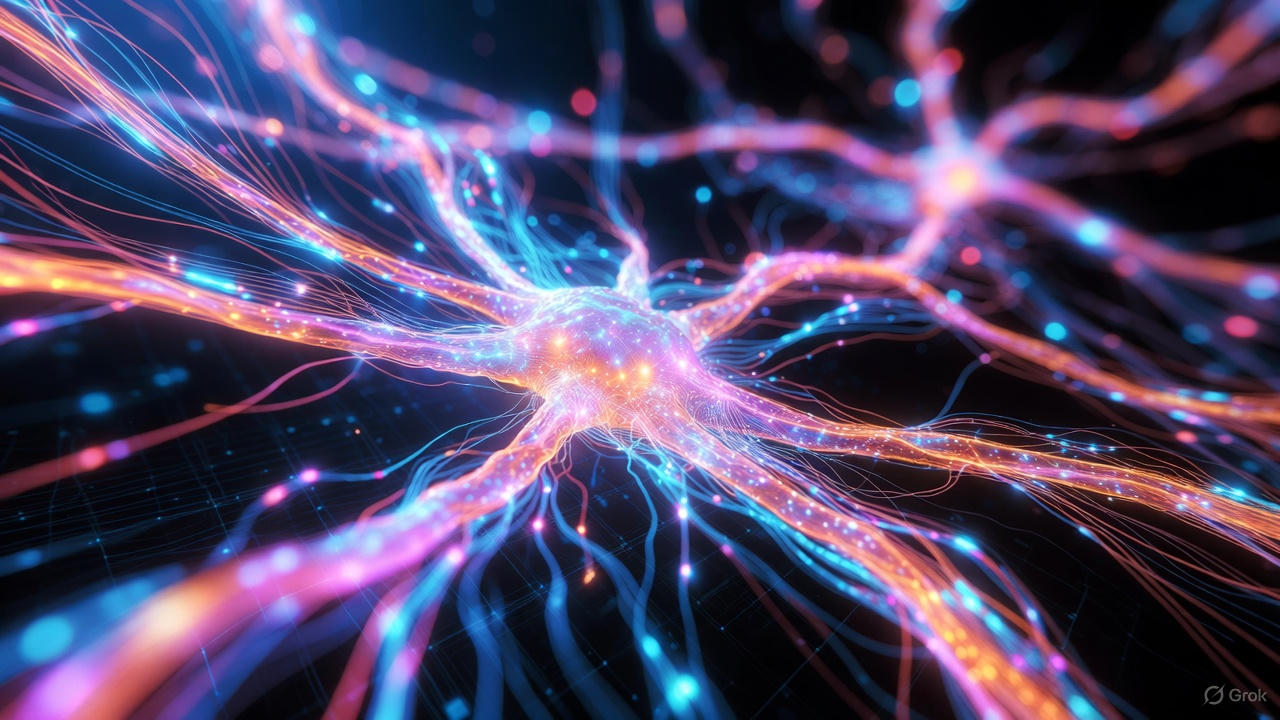RAG vs. Fine-Tuning: When Should You Use Each?
Understand the key differences between Retrieval-Augmented Generation (RAG) and fine-tuning, and learn which approach is right for your AI project.

The Confusion
If you’ve been following AI lately, you’ve probably seen two phrases pop up everywhere: Retrieval-Augmented Generation (RAG) and Fine-Tuning.
Both sound technical. Both promise smarter AI. But when should you use one over the other? Let’s break it down.
First, A Quick Refresher
-
Fine-Tuning → This means teaching an AI model new skills or knowledge by updating its weights with additional training data. Think of it as sending the AI back to school to specialize in something new.
-
RAG (Retrieval-Augmented Generation) → Instead of retraining the model, RAG plugs in an external knowledge base. The AI “looks up” relevant info first and then generates an answer. It’s like letting the AI carry an open book into the exam.
An Analogy: Doctors vs. Medical Textbooks
Imagine two doctors:
-
Fine-Tuned Doctor: Spent years studying cardiology. Brilliant at heart-related issues, but if you suddenly ask about the latest vaccine from last month, they might not know.
-
RAG Doctor: Has general medical training but always carries the latest medical journals. Before answering, they quickly check the right page.
Both are valuable — but in different situations.
When Fine-Tuning Makes Sense
Fine-tuning is useful when:
- The task is highly repetitive. Example: Classifying customer reviews as positive/negative.
- You need a consistent “style” or tone. Example: Legal drafting in a specific format.
- Your data doesn’t change often. Example: A company policy handbook that stays the same for years.
- You want the model to “internalize” knowledge. Example: Teaching medical terminology directly into the model.
Downsides? It’s expensive, slow, and inflexible. Every time your data changes, you need to retrain.
When RAG Is the Better Choice
RAG shines when:
- Your knowledge changes frequently. Example: Stock prices, news, product catalogs.
- You want transparency. RAG can show which documents it used to answer.
- Your dataset is huge. Instead of retraining on millions of documents, just store them in a database and let the retriever handle it.
- You want to reduce hallucinations. Because the model bases answers on real sources, not just memory.
Downsides? It depends on the quality of retrieval. If your database is messy, results will suffer.
Hybrid Approaches
In reality, many companies combine both:
- Fine-tune the model for domain-specific style or terminology.
- Add RAG to keep the information fresh and accurate.
This way, you get the best of both worlds.
Key Takeaways
- Fine-Tuning = Long-term memory (great for stable knowledge and tasks).
- RAG = Short-term lookup (great for dynamic, changing info).
- Use fine-tuning when your knowledge is fixed and specialized.
- Use RAG when your knowledge updates often or when transparency matters.
Next time you’re deciding, ask: “Do I want my AI to memorize this forever, or just look it up when needed?” That single question usually points you to the right solution.


